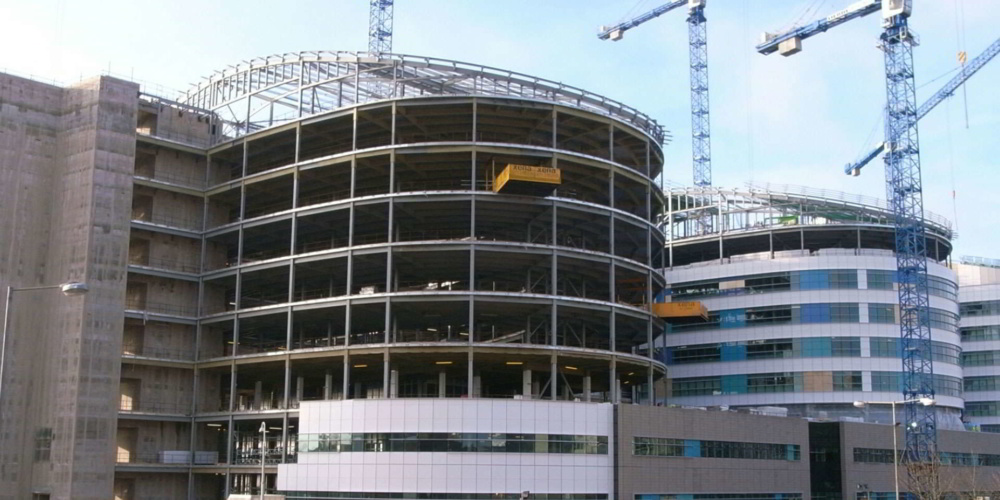Whether driven by a genuine want to lessen their environmental footprint, or basically to insulate themselves against rising expenses, energy efficiency is becoming a important organizational purpose for lots of providers around the nation. In order to reach these targets, firms are hunting for path on how they can have their buildings’ created and/or operated to consume as little energy as doable. Lots of have looked to the LEED Rating Technique to give both the guidance for, and recognition of exceptional power, water and material conservation. On the other hand, substantial barriers stay the arranging, modeling, implementation, measurement and documentation requirements of attaining a LEED designation can be daunting. Worse, numerous companies start the process of possessing their creating LEED certified, only to abandon the project due to lack of concentrate and uncertainty. Although some providers are waiting for the streamlined documentation promised by LEED V4 (set to release in September), the real answer may perhaps be discovered in a far more unlikely spot – the Six Sigma Methodologies initially created by Motorola in 1986.
Six Sigma Methodologies
Six Sigma is a small business management approach that seeks to strengthen the excellent of course of action outputs by identifying and removing the causes of defects and minimizing variability in manufacturing and organization processes. It makes use of a set of good quality management strategies, primarily statistical, to define a project and carry out a defined sequence of steps towards a quantified target (commonly price reduction or profit raise). These actions are recognized as DMAIC – Define, Measure, Analyze, Enhance and Control. commercial building services is accomplished in an effort to operate at Six Sigma excellent levels, in which only three.four outputs out of 1,000,000 are defective. In a time when New York’s Energy Benchmarking law found that the Chrysler Building, constructed in the 1930s, is additional power efficient than the newly constructed (and LEED Certified) 7 World Trade Center, a discipline that focuses on excellence in final results might be specifically what the green constructing industry requires.
Even though Six Sigma had been created for manufacturing processes, the principles are hugely compatible with sustainability initiatives, and especially, the LEED rating technique. Rather of expense reductions, a easy shift in the focus to the environmental functionality needs set by the several LEED Credits would offer a perfectly quantifiable target. In addition, the collaborative management model that incorporates crucial workers, independent topic-matter professionals, suppliers, and buyers lines up neatly with the commissioning needs of LEED projects. Although the LEED reference guides outline distinctive responsibilities for the levels of hierarchy on a project, a accurate collaborative model ought to be thoroughly understood and internalized to genuinely be productive.
Surprising Compatibility
In fact, there is a surprising level of similarities among what the USGBC intended LEED to market and what the Six Sigma methodologies essentially uphold. In order to accomplish points towards a LEED Certification, substantial measurements should be taken on a wide variety of unique metrics. Moreover, although a project group may well, for example, measure a building’s energy consumption for 1 year of post-building occupancy to attain the credit points, having a Six Sigma mindset would let project teams see the genuine worth in measurement and continuous improvement.
Another example is the adjusted weights that the USGBC offers to the distinct credit categories of LEED. In an effort to convey that energy efficiency is a lot more critical to overall sustainability, there are considerably much more points readily available in the Energy & Atmosphere credit category than the other credit categories. Though most fully grasp and agree that power efficiency is indeed the most important factor in how sustainable a developing is, it would be interesting to see what the point ratings would come out to if measured and analyzed through the Six Sigma processes.
The green developing market need to also recognize yet another considerable truth – that, despite the tremendous growth, there remains a huge swath of building corporations and constructing owners that stay clear of LEED simply because they do not recognize an economic benefit. The rigorous and quantifiable analysis of the Six Sigma methodologies could enable reveal the financial payback, and show the late adopters that it makes practically no financial sense to not invest in effective and sustainable designs and operations. Alternatively of simply trusting the utility savings based on an energy model, becoming educated in the Six Sigma methodologies would enable everybody to comprehend what was measured, how it was measured and what the benefits of improvements will bear. All providers can advantage from applying the Six Sigma methodology to these sorts of challenges and will see definite economic rewards.
